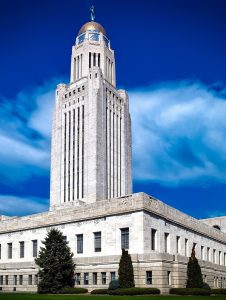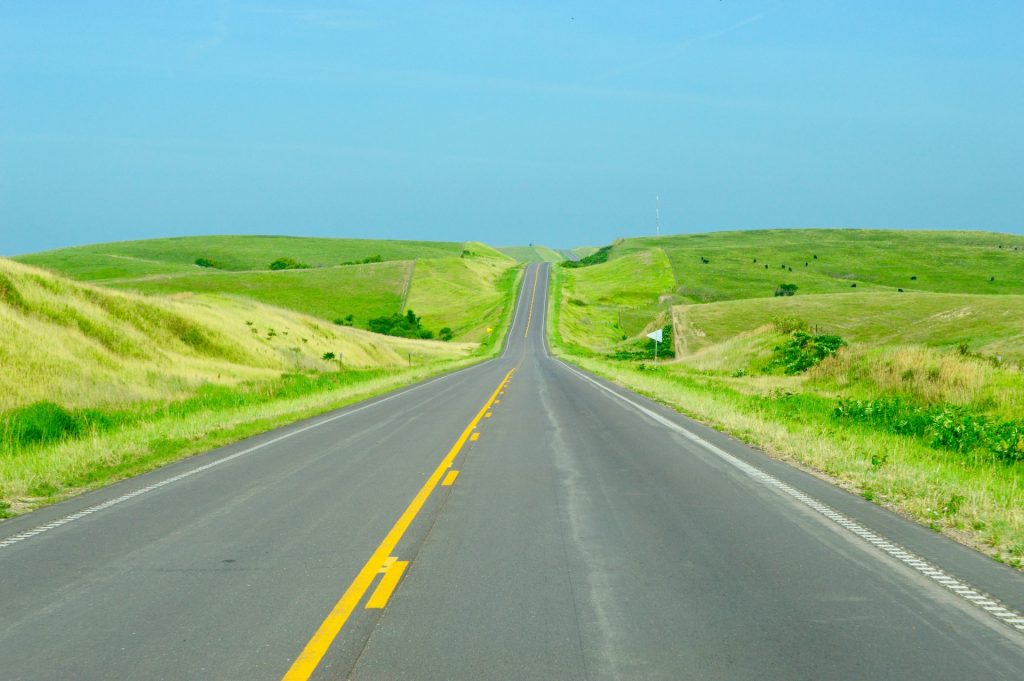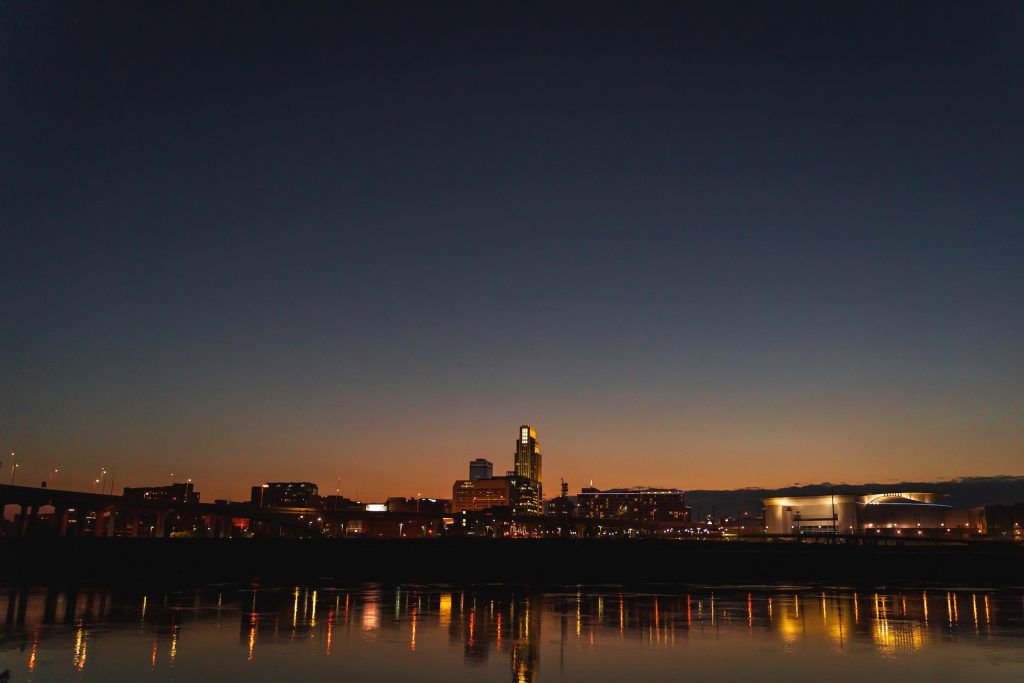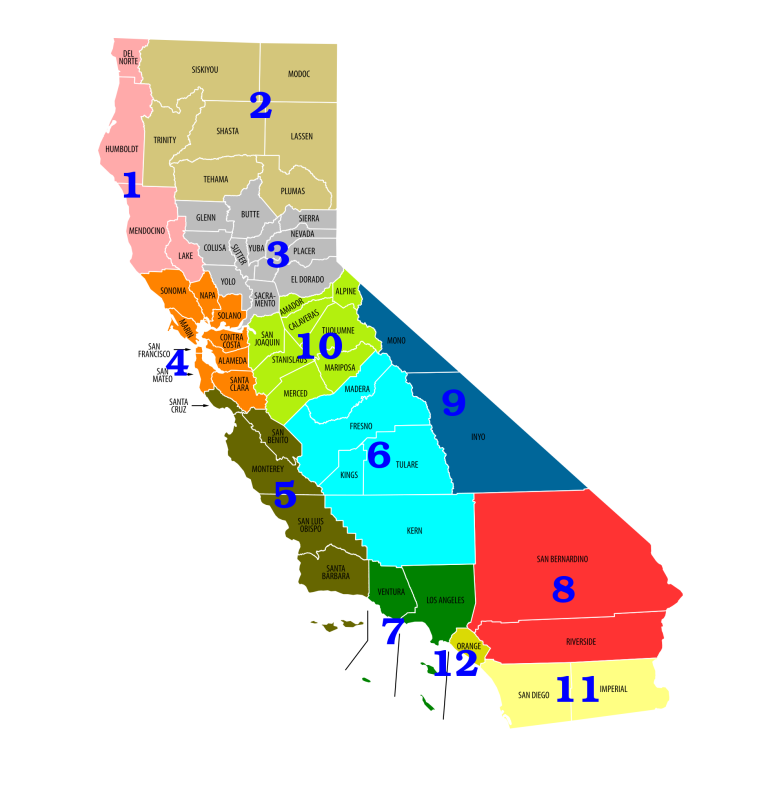Nebraska Road Cams: A Guide for Travelers and Commuters

Nebraska is a state of contrasts, where the rolling hills of the Sandhills give way to the flat plains of the Platte River valley, where the urban centers of Omaha and Lincoln coexist with the rural charm of small towns and farms, and where the history of the pioneers and Native Americans is still alive in the museums and monuments.
Nebraska is also a state of roads, with more than 10,000 miles of highways, interstates, and scenic byways that connect its diverse regions and attractions.
Whether you are driving across the state for business or pleasure, or just commuting to work or school, you will find Nebraska road cameras an invaluable resource for planning your trip and staying safe on the road.
Main Routes in Nebraska
Nebraska has several major routes that traverse the state from east to west, north to south, or diagonally. Some of the most important ones are:
- Interstate 80: The longest interstate in Nebraska, running for 455 miles from the Wyoming border to the Iowa border. It passes through Omaha, Lincoln, Grand Island, Kearney, North Platte, and Sidney. It is part of the historic Lincoln Highway, the first transcontinental road in the US.
- Interstate 29: A north-south interstate that runs along the Missouri River for 76 miles in Nebraska. It connects South Sioux City, Omaha, and Bellevue with Iowa and South Dakota.
- Interstate 76: A short interstate that connects I-80 near Big Springs with Colorado. It is only 12 miles long in Nebraska.
- US Highway 6: A cross-state route that parallels I-80 for most of its length. It runs for 373 miles from the Colorado border to the Iowa border. It passes through Imperial, McCook, Hastings, Lincoln, Ashland, Gretna, and Omaha.
- US Highway 20: A scenic route that runs across northern Nebraska for 409 miles from the Wyoming border to the Iowa border. It passes through Harrison, Chadron, Valentine, O’Neill, Laurel, and South Sioux City. It is part of the Bridges to Buttes Scenic Byway and the Outlaw Trail Scenic Byway.
- US Highway 83: A north-south route that runs through central Nebraska for 234 miles from the South Dakota border to the Kansas border. It passes through Valentine, Thedford, North Platte, McCook, and Oberlin.
- US Highway 34: A diagonal route that runs from southwest to northeast Nebraska for 310 miles from the Colorado border to the Iowa border. It passes through Benkelman, McCook, Holdrege, Hastings, Grand Island, York, Seward, Lincoln, Plattsmouth, and Glenwood.
Scenic Drives in Nebraska
Nebraska offers nine scenic byways that let you explore the natural beauty and cultural heritage of the state. Some of the most popular ones are:
- Sandhills Journey Scenic Byway: A 272-mile route along Highway 2 that showcases the unique landscape of the Sandhills region. You can see sand dunes, wetlands, prairies, wildlife, and ranches along the way. You can also visit attractions such as Carhenge, Nebraska National Forest, and Fort Hartsuff State Historical Park.
- Heritage Highway Scenic Byway: A 238-mile route along Highway 136 that follows the path of early settlers and pioneers. You can see historic buildings, museums, bridges, and monuments along the way. You can also visit attractions such as Homestead National Monument of America, Rock Creek Station State Historical Park, and Brownville Historic District.
- Lewis & Clark Scenic Byway: A 67-mile route along Highway 75 that traces the journey of Lewis and Clark along the Missouri River. You can see scenic views of the river valley, bluffs, and forests along the way. You can also visit attractions such as Lewis & Clark Visitor Center, Fontenelle Forest Nature Center, and Boyer Chute National Wildlife Refuge.



Main Cities in Nebraska
Nebraska has five cities with populations over 50,000 as of 2020. Here are brief introductions to each city:
- Omaha: The largest city in Nebraska with a population of 64,176. It is located on the Missouri River near the Iowa border. It is a major economic and cultural center with a diverse mix of industries, arts, entertainment, and sports. Some of its attractions include Henry Doorly Zoo and Aquarium, Joslyn Art Museum, Old Market District, and Bob Kerrey Pedestrian Bridge.
- Lincoln: The capital and second-largest city of Nebraska with a population of 297,622. It is located in the southeast part of the state on the Salt Creek. It is the home of the University of Nebraska and the seat of state government. Some of its attractions include Nebraska State Capitol, Sheldon Museum of Art, Sunken Gardens, and Memorial Stadium.
- Grand Island: The fourth-largest city in Nebraska with a population of 54,053. It is located in the central part of the state on the Platte River. It is a regional hub for agriculture, manufacturing, and services. Some of its attractions include Stuhr Museum of the Prairie Pioneer, Island Oasis Water Park, Crane Trust Nature & Visitor Center, and Nebraska State Fair.
- Kearney: The fifth-largest city in Nebraska with a population of 34,520. It is located in the south-central part of the state on the Platte River. It is a college town with a vibrant cultural and recreational scene. Some of its attractions include Museum of Nebraska Art, Great Platte River Road Archway Monument, Fort Kearny State Historical Park, and Yanney Heritage Park.
- North Platte: The sixth-largest city in Nebraska with a population of 23,814. It is located in the west-central part of the state on the North Platte River. It is a railroad town with a rich history and heritage. Some of its attractions include Golden Spike Tower and Visitor Center, Buffalo Bill Ranch State Historical Park, Cody Park Railroad Museum, and Lake Maloney State Recreation Area.

Driving in Nebraska
Driving in Nebraska can be a pleasant and enjoyable experience, but it also requires some caution and preparation. Here are some tips and advice for driving in Nebraska:
- Check the weather and road conditions before you travel. You can use Nebraska 511 to get updated information on traffic events, cameras, winter road conditions, and more. You can also use Nebraska road cams to see live images of the roads along your route.
- Be aware of the seasonal and weather-related issues that may affect your driving. Nebraska has four distinct seasons, each with its own challenges and hazards. In winter, you may encounter snow, ice, blizzards, and reduced visibility. In spring, you may encounter rain, thunderstorms, hail, tornadoes, and flooding. In summer, you may encounter heat, drought, dust storms, and wildfires. In fall, you may encounter fog, frost, high winds, and deer crossings.
- Follow the speed limits and traffic rules in Nebraska. The maximum speed limit on interstate highways is 75 mph, on four-lane divided highways is 65 mph, on two-lane highways is 60 mph, and on urban areas is 25 mph or as posted. You must wear a seat belt at all times and use child safety seats for children under eight years old or under 57 inches tall. You must not use your cell phone for texting or any other purpose while driving unless it is hands-free or an emergency.
- Be respectful and courteous to other drivers and road users in Nebraska. You must yield to pedestrians, bicyclists, motorcyclists, emergency vehicles, school buses, farm equipment, and animals on the road. You must not tailgate, weave, cut off, or honk at other drivers. You must use your turn signals, headlights, windshield wipers, and horn appropriately. You must not drive under the influence of alcohol or drugs.

